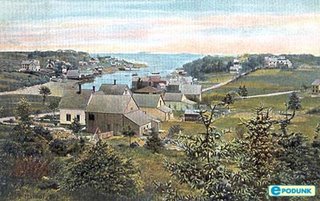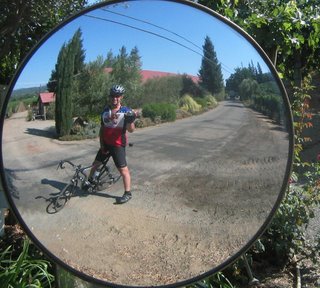Holstein 100
Ten Things I Wish Someone Told Me Before My First Century
A common sense guide to riding your bike 100 miles in a day and being able to walk afterward.
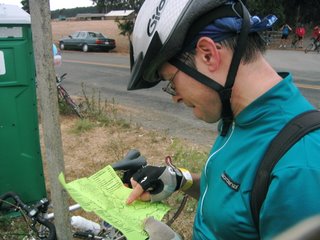
1. Train for it
It’s a good idea to get in shape before you attempt to crack off 100 miles. Spinning classes are a quick way to develop cardiovascular strength and build muscle in your legs. But there is no substitute for miles in the saddle. To make the most of the time you have, point your bike at the nearest hill. Ride up it. Turn around. Ride up it again, this time in a slightly harder gear.
2. Make sure your bike is in good working order
No kidding. I rode my first century after having my trusty bike mechanic dial in my shifting, and tighten up my headset. I got to my century, rode off and discovered I couldn’t shift past second gear. That made for a disconcerting 20 miles. After some judicious pounding at the first rest stop, the bike shifted fine for the rest of the day. Still…
3. Get up early
Everyone talks about the weather, but you can do something about it. Instead of riding the last twenty miles into a gale force headwind at the end of the day, get up early, and ride your miles during the first part of the day. The longer you wait, the windier it’s going to get.
4. Bring a pump and a spare tube
You might not need them, but rest assured, someone else will.
5. Pigs get slaughtered: don’t gorge at the registration table
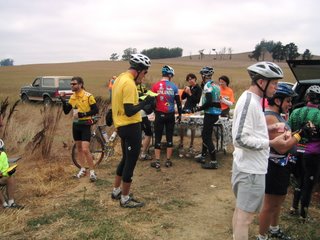
Usually you’ll find muffins, bakery goods and coffee at the registration table. Avoid them. They’ll come right back up on you during your first hill. You’ll be better off if you eat a bagel and peanut butter earlier in the day, or wait until your first rest stop before you start taking on food.
6. Drink plenty of liquids
Water is good, and diluted Gatorade might even be better. Avoid the colored stuff. Bring two water bottles, one for each cage. Use them frequently and be sure to refill at each rest stop.
7. Gear up for it
7. Gear up for it
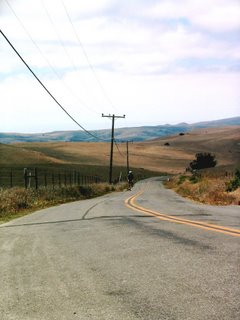
8. Get a cyclo-computer
You’ll really appreciate having a computer on your handlebar that can tell you how fast you are going, how far you’ve gone, how long it has taken you, and more importantly, how much longer you have still to pedal.
It will keep you honest.
It will keep you honest.
9. You’ll count up to 80 and down from 20
The mind plays an interesting trick on you. For the first half of the day you’ll check your odometer and count the miles up to the 80 mile mark. Once you get to 80, you’ll start counting down. 20 miles to go…15 miles to go… 7 miles to go…
10. Stretching is not for sissies.
You’ll feel better if you learn a few basic stretches for your quads, hamstrings, calves, lower back and neck. Do them frequently. At every rest stop. And on the bike, if you can manage. You’ll thank me if you can walk the next day.
Bonus Points:
Be friendly. Talk to people. Find the biggest, fastest guy out there and draft behind him for as long as you can. Then return the favor and lead him out. Find a few friends like these and you’ll soon be riding 25 miles an hour for hours. Use sunscreen. Often. Thank the volunteers who work the rest stops. Have fun.
--Sam McMillan
